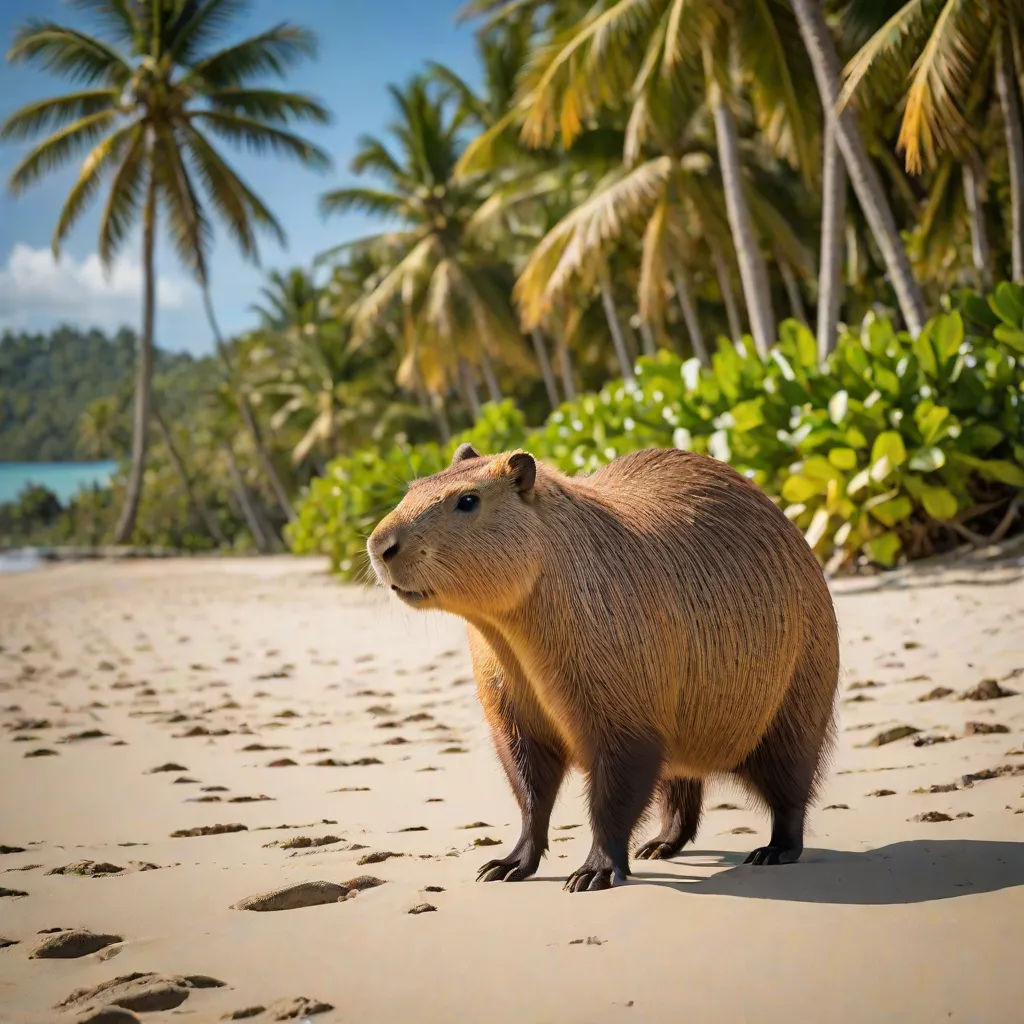
The Journey of the Capybara
By Rainey Jeffers

24 Sep, 2024
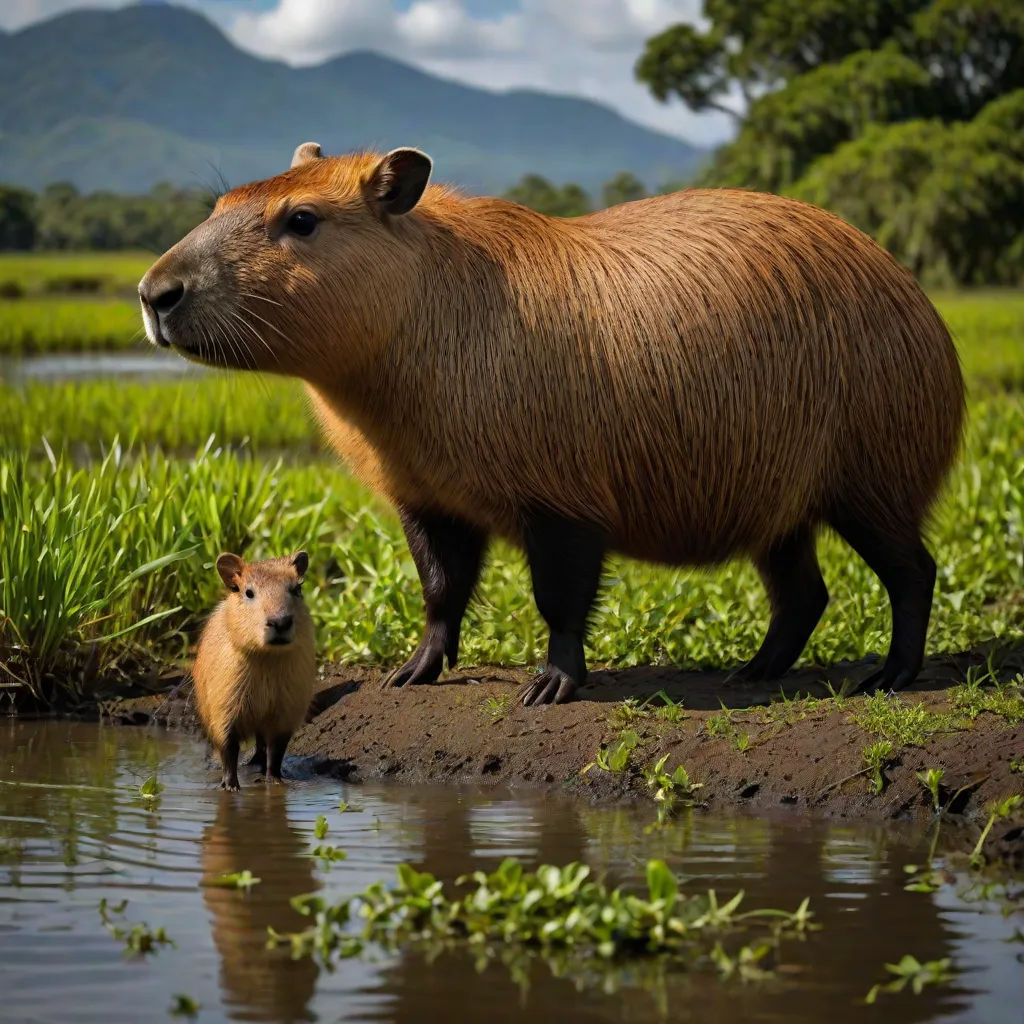
In the vast wetlands of Venezuela, capybaras lived in harmony with nature. They enjoyed the simplicity and abundance of their habitat.
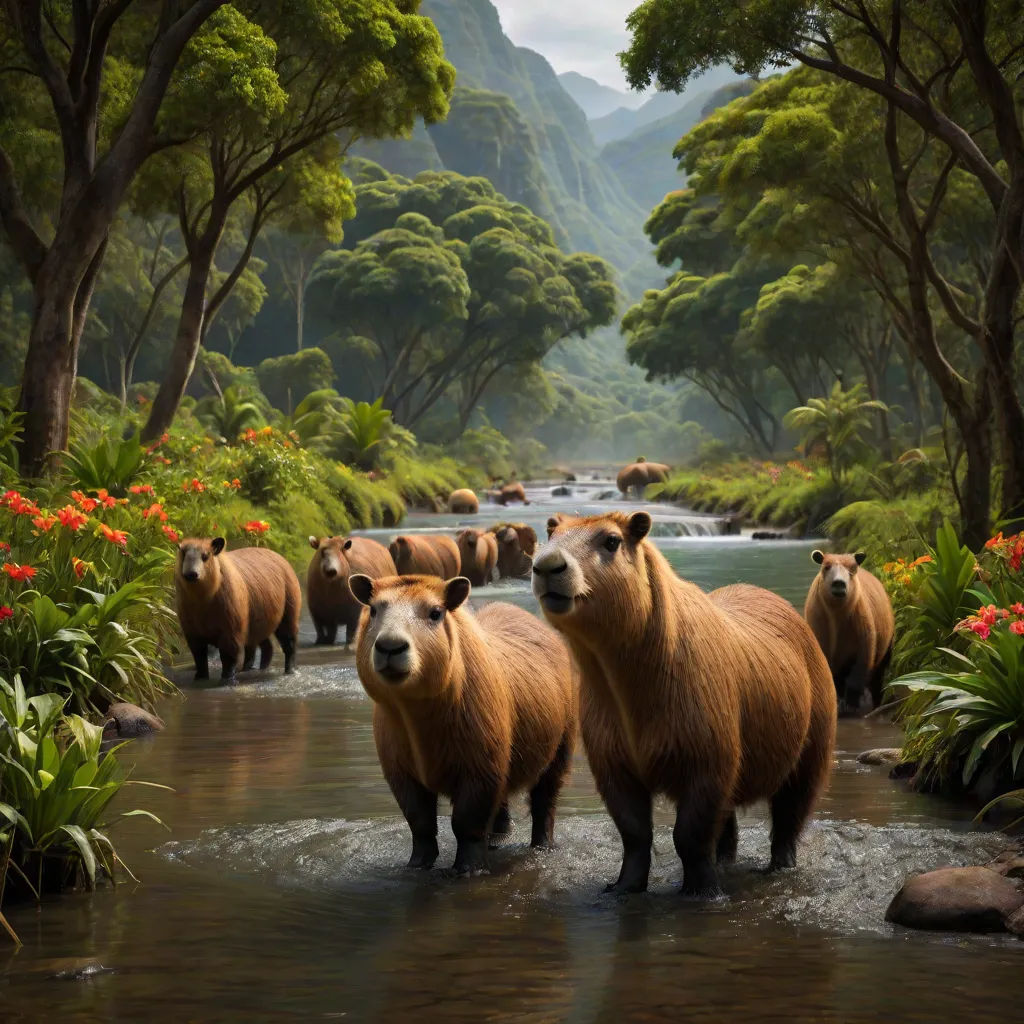
One day, a group of adventurous capybaras decided to explore beyond their known territories. They embarked on a journey that was going to change their lives forever.
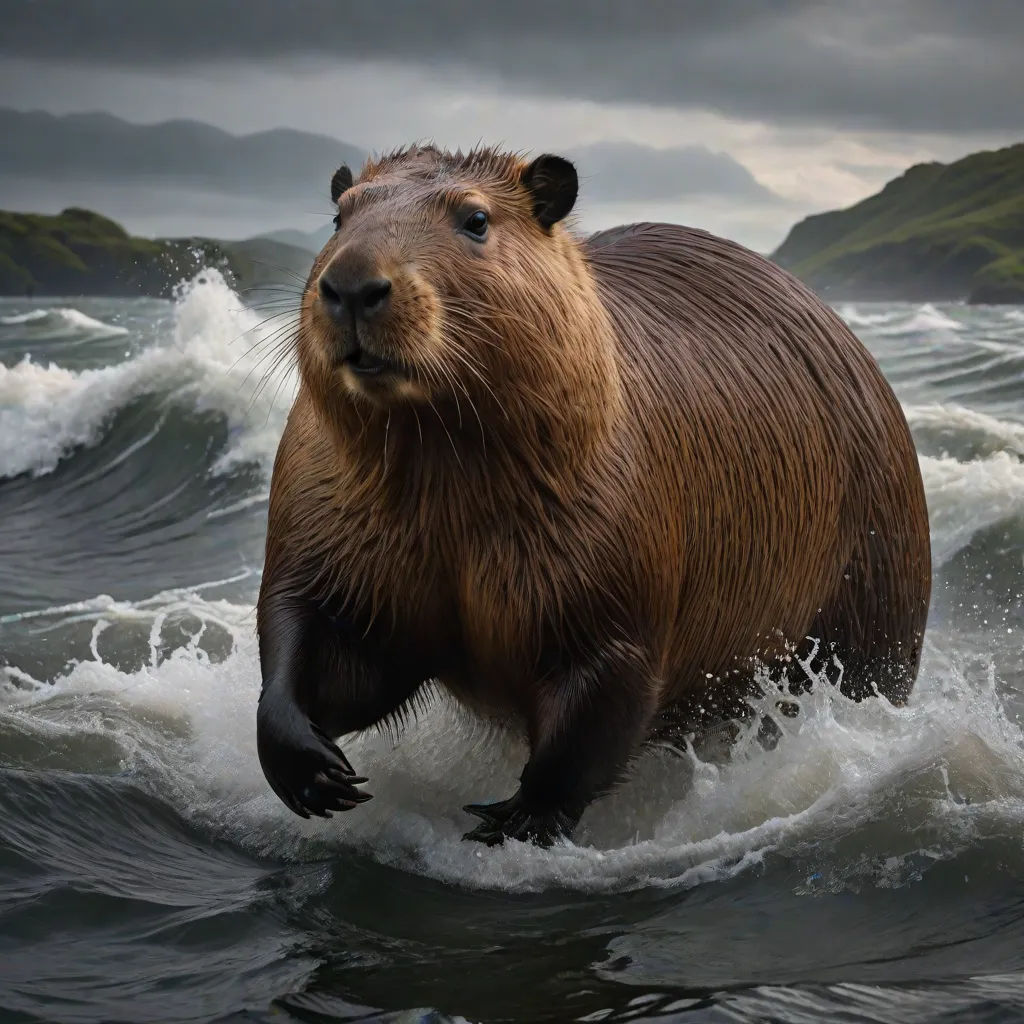
The capybaras had to cross the Serpent's Mouth, a treacherous strait separating Venezuela and Trinidad. It was a perilous challenge, but they were determined.
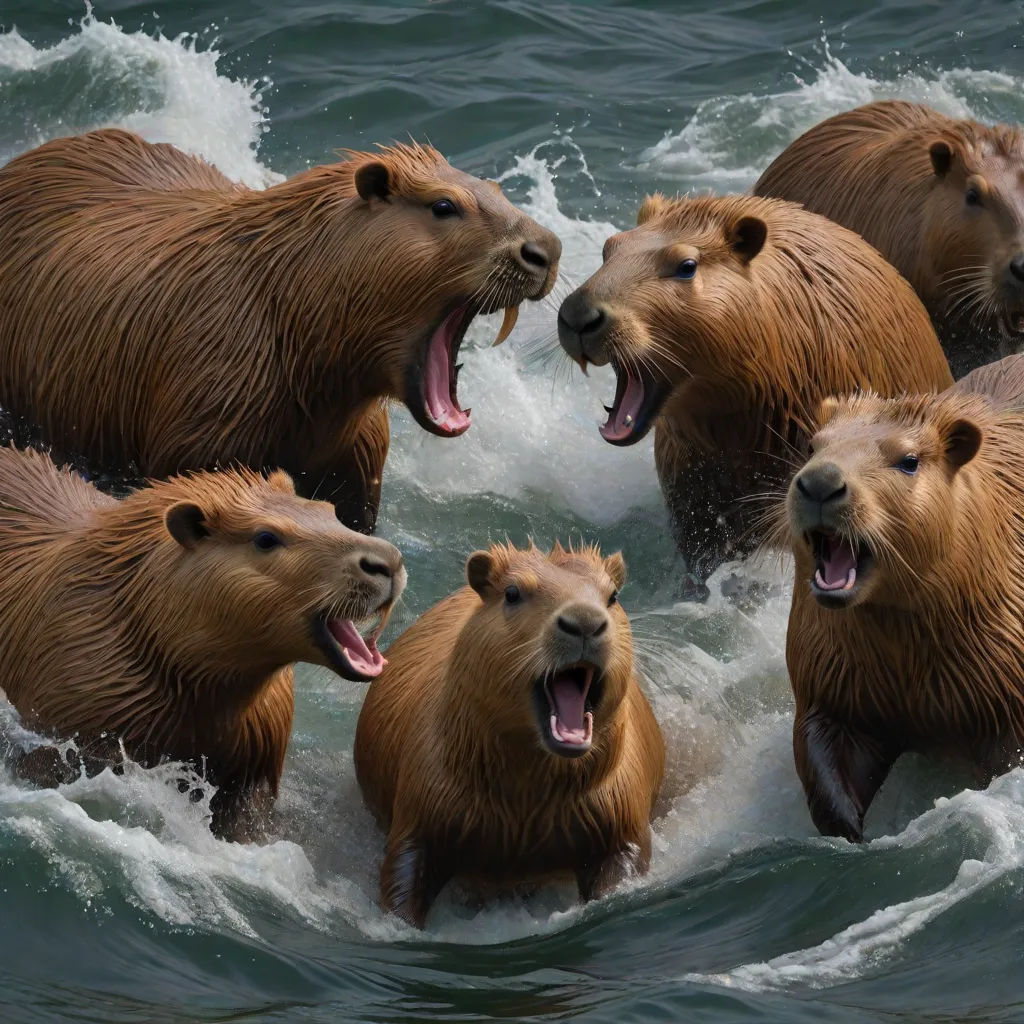
With their strong limbs and webbed feet, they began their arduous swim across the strait. Despite the rough waters, they managed to stay together as a group.
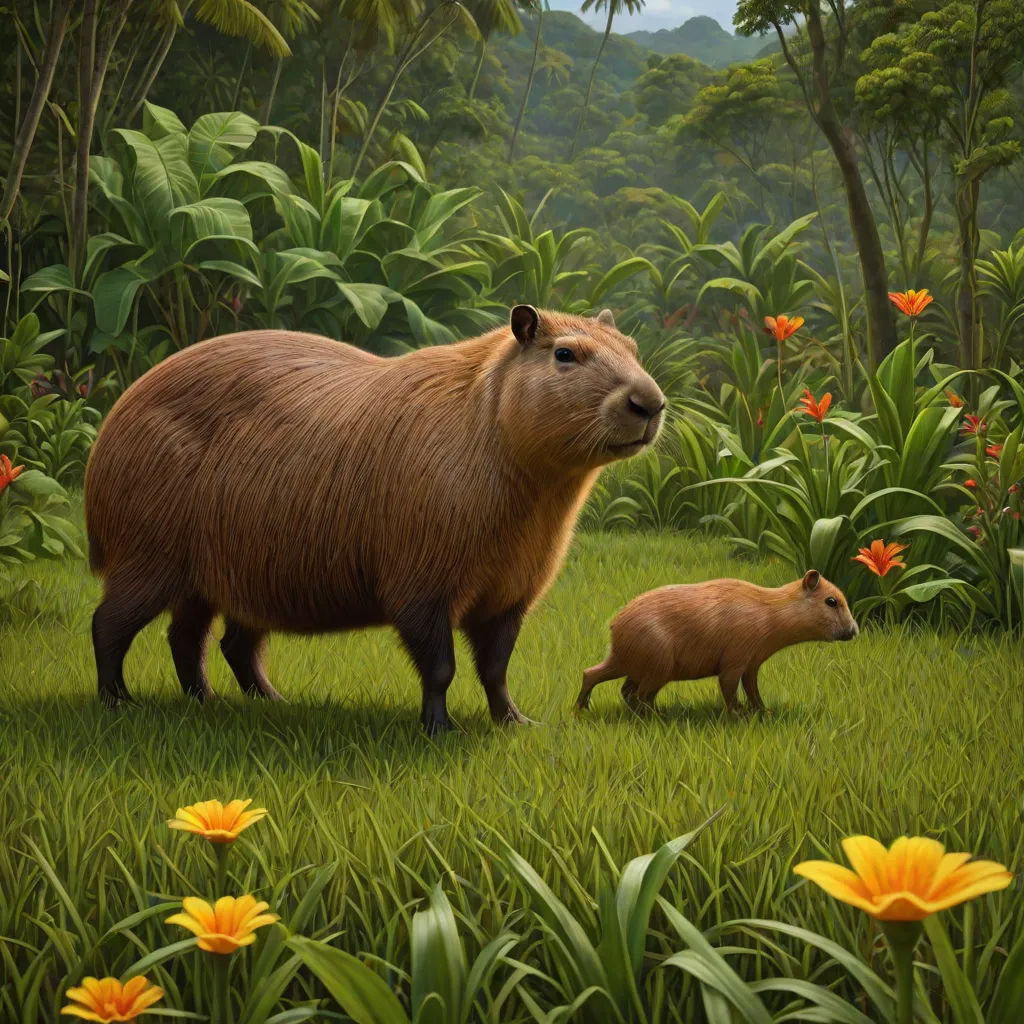
After days of strenuous swimming, they finally reached the shores of Trinidad. The rich biodiversity of the island welcomed them.
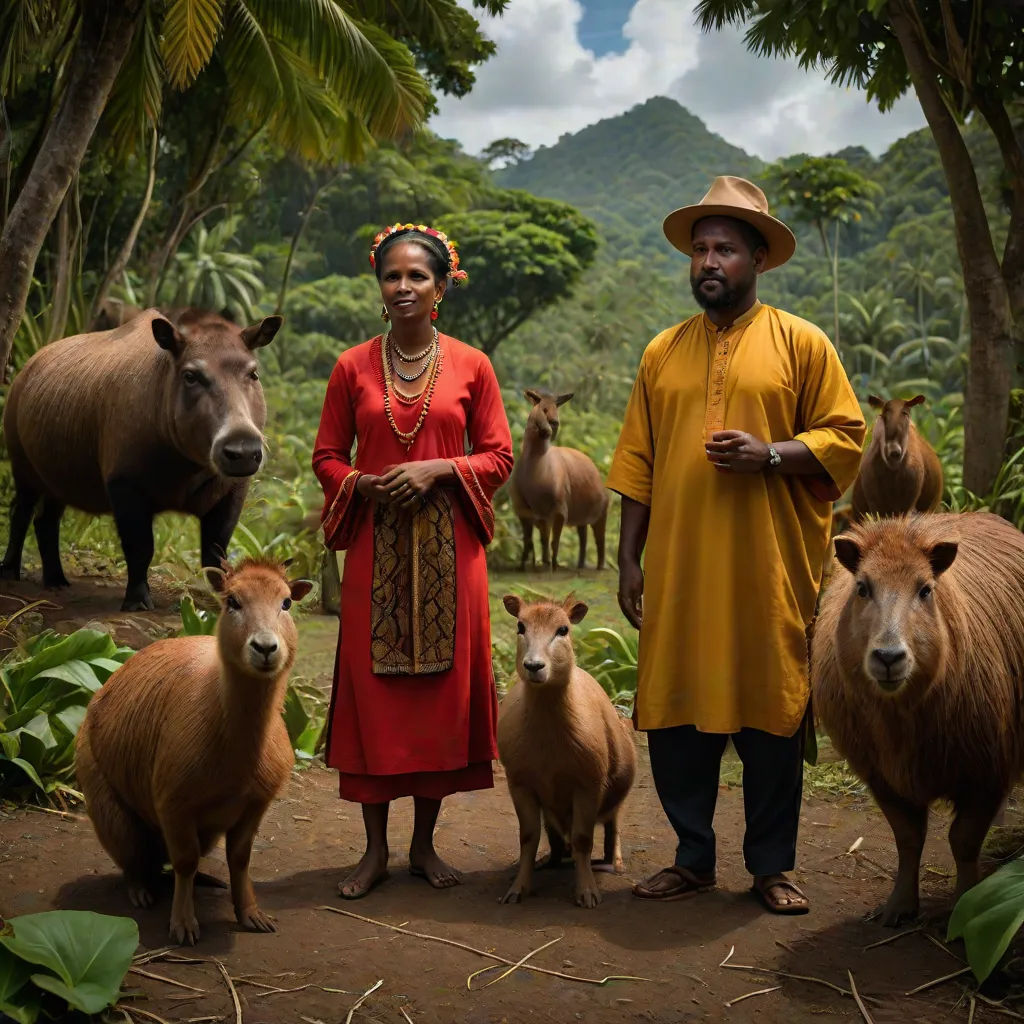
The Trinidadian locals were surprised to see capybaras in their land. They were curious about these large rodents they had never seen before.
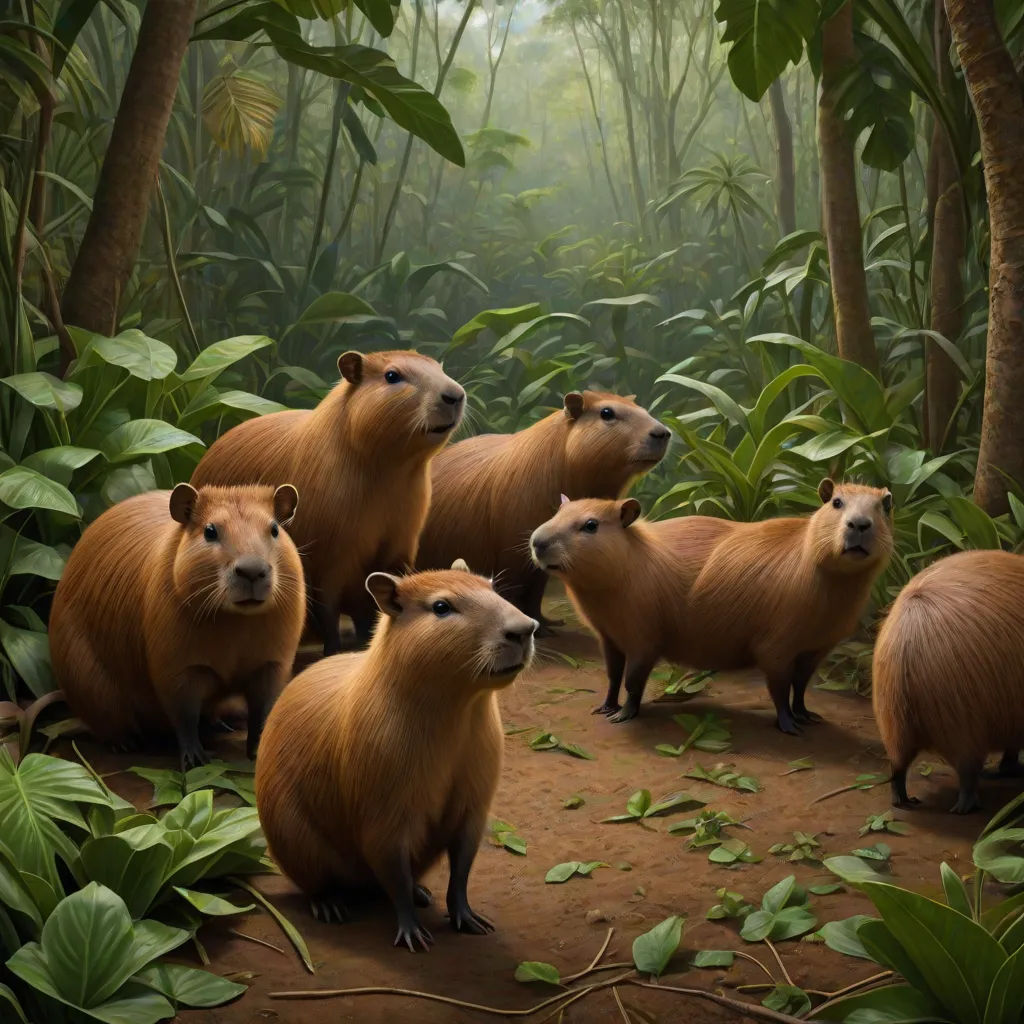
As the capybaras adapted to their new environment, they began to multiply. Their population grew, and they became a part of Trinidad's rich biodiversity.

The locals soon discovered that capybaras were not just fascinating creatures but also a potential source of protein. They started to hunt them for food.
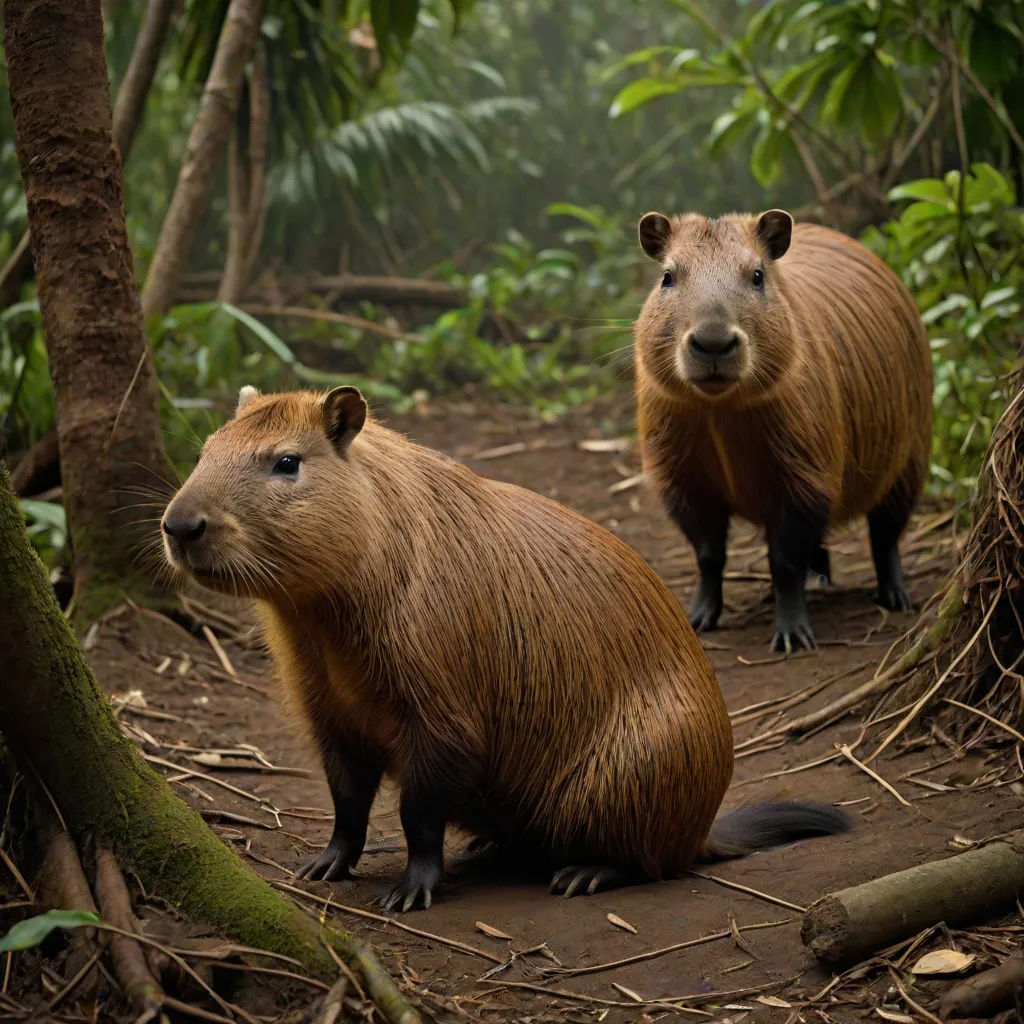
Hunting capybaras became a part of the local tradition. The locals respected the capybaras and only hunted what was necessary for their survival.
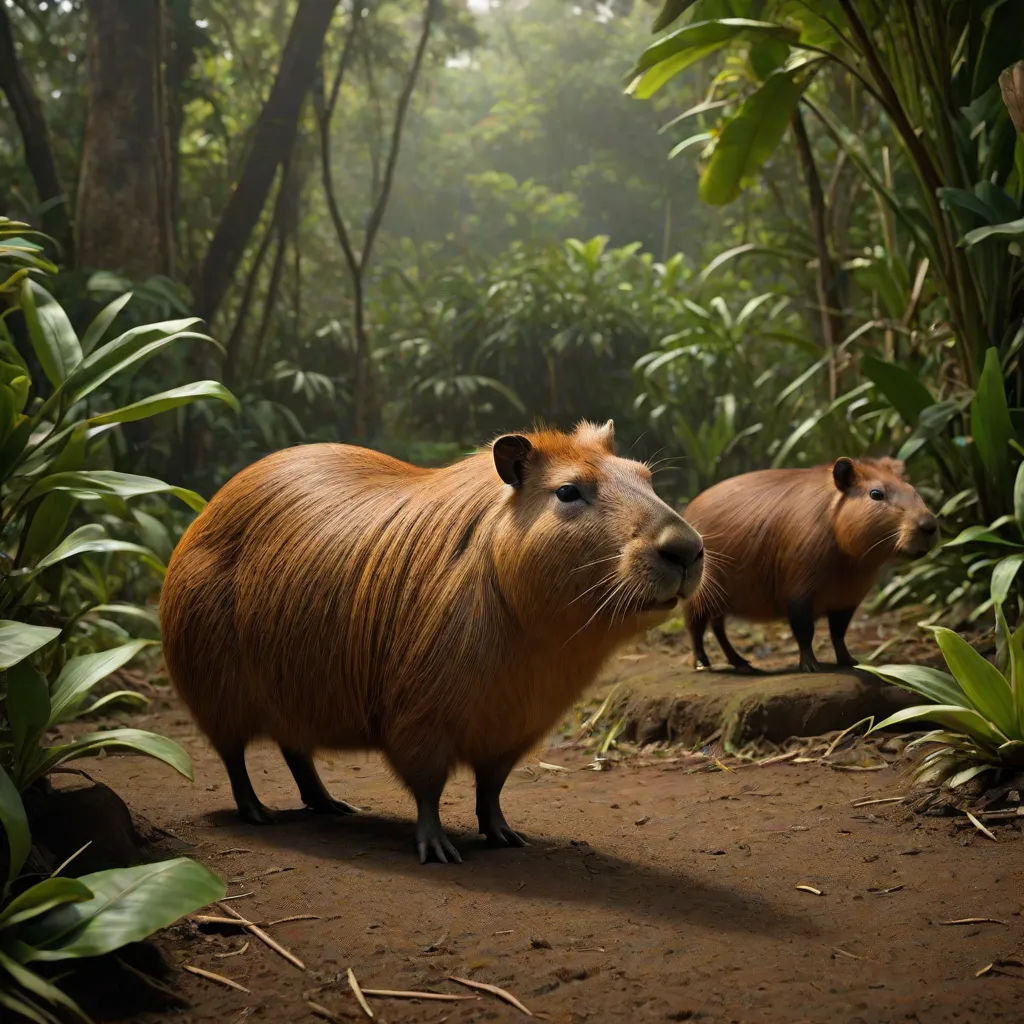
Capybaras, the once unknown creatures from Venezuela, had now become an integral part of Trinidad's ecosystem and the local culture.
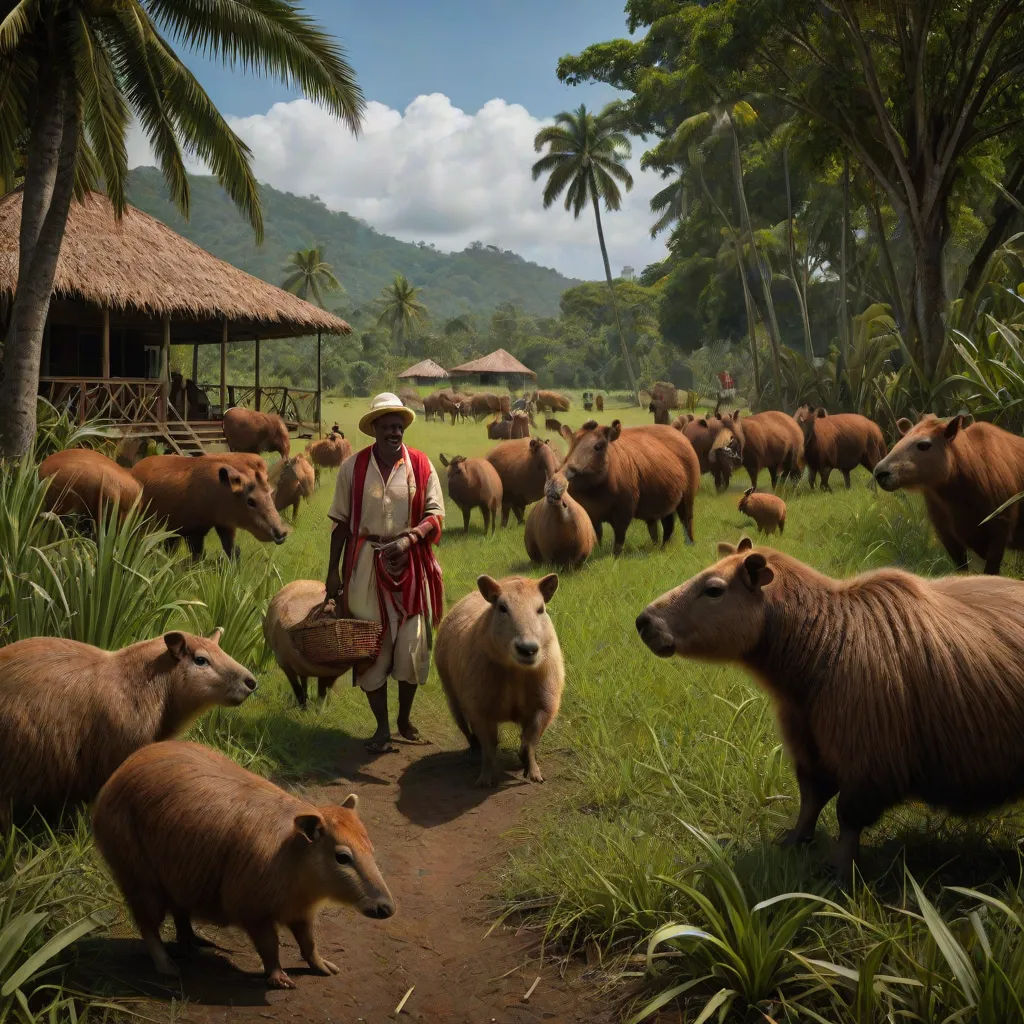
This migration of capybaras from Venezuela to Trinidad tells a tale of adventure, survival, and adaptation. It's a tale that echoes in the heart of Trinidad's vibrant culture.